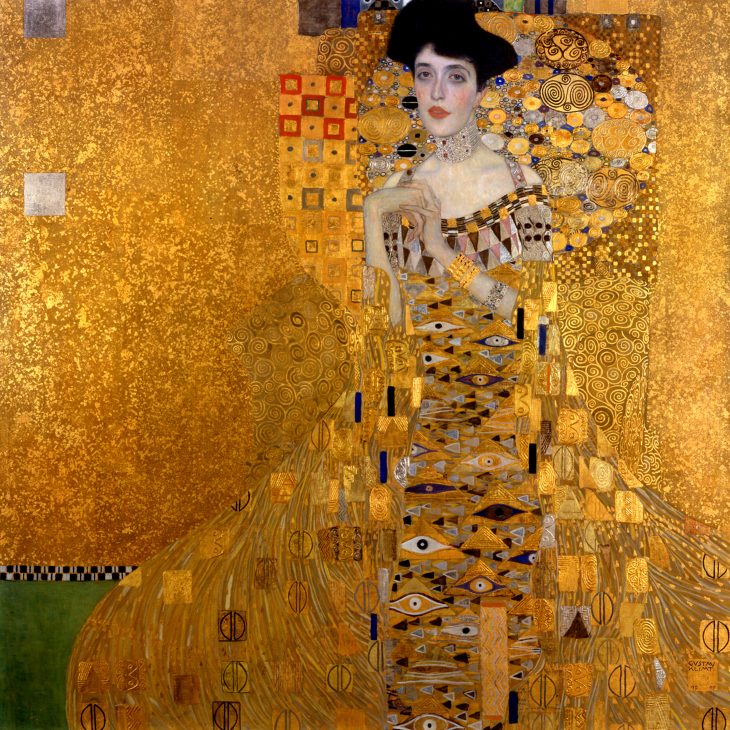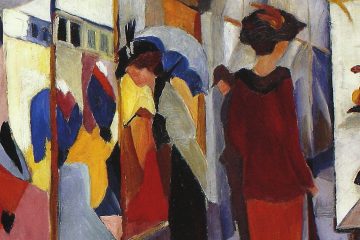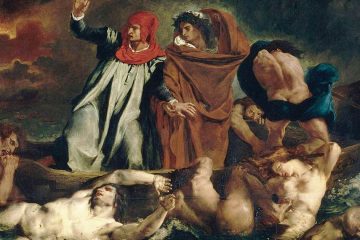Gustav Klimt
In the Mind of Great Artists
We could make this publication thanks to small donations. How is 3 minutos de arte supported?
“All art is erotic”
Gustav Klimt
Well, Klimt’s art certainly is. His work is filled with passion and sensuality. As he said, he is a painter, and to know what he thinks, you just need to observe his paintings. We can appreciate his audacity to create exquisite atmospheres with erotic situations in dreamy and luxurious environments full of splendor.
Only two dimensions, a very marked line, expressive drawing, and that lavish touch given by the decorative elements and the famous gold details.
In the works of Klimt and modernism, rounded forms are sought.
The modernists are against the straight line since it does not exist in nature. Nothing is totally symmetrical and perfect. Everything is curved.
The recurring theme of the movement in general and of Klimt’s work in particular is sensuality and eroticism (often to the point of being considered “pornography” for many in his time). That is why the female figure prevails in general. It is represented in an elongated, stylized way so as to give it more refinement, and proportions are ignored.
Consider a period in history when female desire and sexuality were severely repressed. At the same time, the unconscious began to be explored, and the importance of sexual desire in our psyche was discovered.
Klimt worked passionately, revolting against the “repressive moralism” of those times. He painted a woman who is delicious and at the same time powerful, defiant, and liberated from social mandates. It is a woman who challenges old ideas and shows herself with impertinence.
And such was the artist’s passion that, in addition to painting these wonderful women, he usually had romances with them. Even the married ladies of Vienna’s high society, like Adele.
Image: Portrait of Adele Bloch-Bauer I (The Woman in Gold) (1907)
Recommended links:
Timeline: Moments of Gustav Klimt.
Timeline: from Neoclassicism till the end of the 19th century.
Characteristic Elements of Art Nouveau Painting.
You can also find more material using the search engine.
Would you like to support 3 minutos de arte?
Our project.




0 Comments